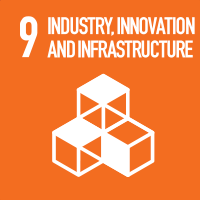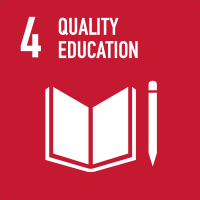Studying at the University of Verona
Here you can find information on the organisational aspects of the Programme, lecture timetables, learning activities and useful contact details for your time at the University, from enrolment to graduation.
Study Plan
This information is intended exclusively for students already enrolled in this course.If you are a new student interested in enrolling, you can find information about the course of study on the course page:
Laurea magistrale in Computer Engineering for intelligent Systems - Enrollment from 2025/2026The Study Plan includes all modules, teaching and learning activities that each student will need to undertake during their time at the University.
Please select your Study Plan based on your enrollment year.
1° Year
| Modules | Credits | TAF | SSD |
|---|
2° Year It will be activated in the A.Y. 2025/2026
| Modules | Credits | TAF | SSD |
|---|
3 modules among the following| Modules | Credits | TAF | SSD |
|---|
| Modules | Credits | TAF | SSD |
|---|
3 modules among the following| Modules | Credits | TAF | SSD |
|---|
4 modules among the following:
- 1st year: Advanced visual computing and 3d modeling, Computer vision, Embedded & IoT systems design, Embedded operating systems, Robotics
- 2nd year: Advanced control systemsLegend | Type of training activity (TTA)
TAF (Type of Educational Activity) All courses and activities are classified into different types of educational activities, indicated by a letter.
Realtà estesa ed interazione avanzata (2024/2025)
Teaching code
4S012356
Credits
6
Language
English
Scientific Disciplinary Sector (SSD)
INF/01 - INFORMATICS
Courses Single
Authorized
The teaching is organized as follows:
Theory
Laboratory
Learning objectives
The course aims to provide fundamental notions for the design and evaluation of interactive applications in immersive virtual reality and augmented reality. At the end of the course the student will have to demonstrate knowledge and understanding of the enabling technologies of mixed reality, their limits and their impact on the user experience, the specific problems of interaction. Must be able to i) develop prototypes of virtual/mixed reality applications using game engines and modeling programs; ii) appropriately select the hardware and software components for immersive or augmented visualization and for 3D interaction, iii) design and evaluate their interaction in extended reality applications based on ergonomics and usability principles. This knowledge will provide the student with the ability to: i) identify the technological components for the use of virtual and augmented reality systems in application contexts, ii) design interfaces for 3D interaction that guarantee a good user experience; iii) Validate the effectiveness of virtual and augmented reality systems with user studies. At the end of the course the student will also have to show that he is able to continue his studies independently in the field of interface development in extended reality. Must be able to adapt autonomously to the rapid technical evolution and state of the art in the sector.
Prerequisites and basic notions
Basic notions of Human-Computer Interaction
Program
Virtual, Augmented and Extended reality (VR,AR,XR): definitions and fundamental notions.
Enabling technologies, displays, 3D computer graphics and feedback systems
Spatial and photometric registration, tracking systems
Human factors and consequences for the design of VR/MR systems
Mixed reality interaction design
Laboratory: use of game engines for the prototyping of interactive virtual environments and mixed reality systems
Bibliography
Didactic methods
Lectures and laboratory activities
Learning assessment procedures
The exam consists of a written test on the topics covered in the theory and on the evaluation of XR prototyping activities
Evaluation criteria
To pass the exam, students must demonstrate:
-to have understood the technical problems of developing interactive graphic environments and virtual and augmented reality and to find specific solutions for related applications
-having understood the problems of interaction in immersive and augmented environments
-be able to present his arguments in a precise and organic way;
-know how to develop prototypes of mixed reality applications and evaluate their user experience
Criteria for the composition of the final grade
The mark for the practical part amounts to a maximum of 16, as does the mark for the written part. The student needs to obtain at least 8 points for each part. The two marks for project and the written test will be added together, saturating at 30 cum laude.
Exam language
Inglese



